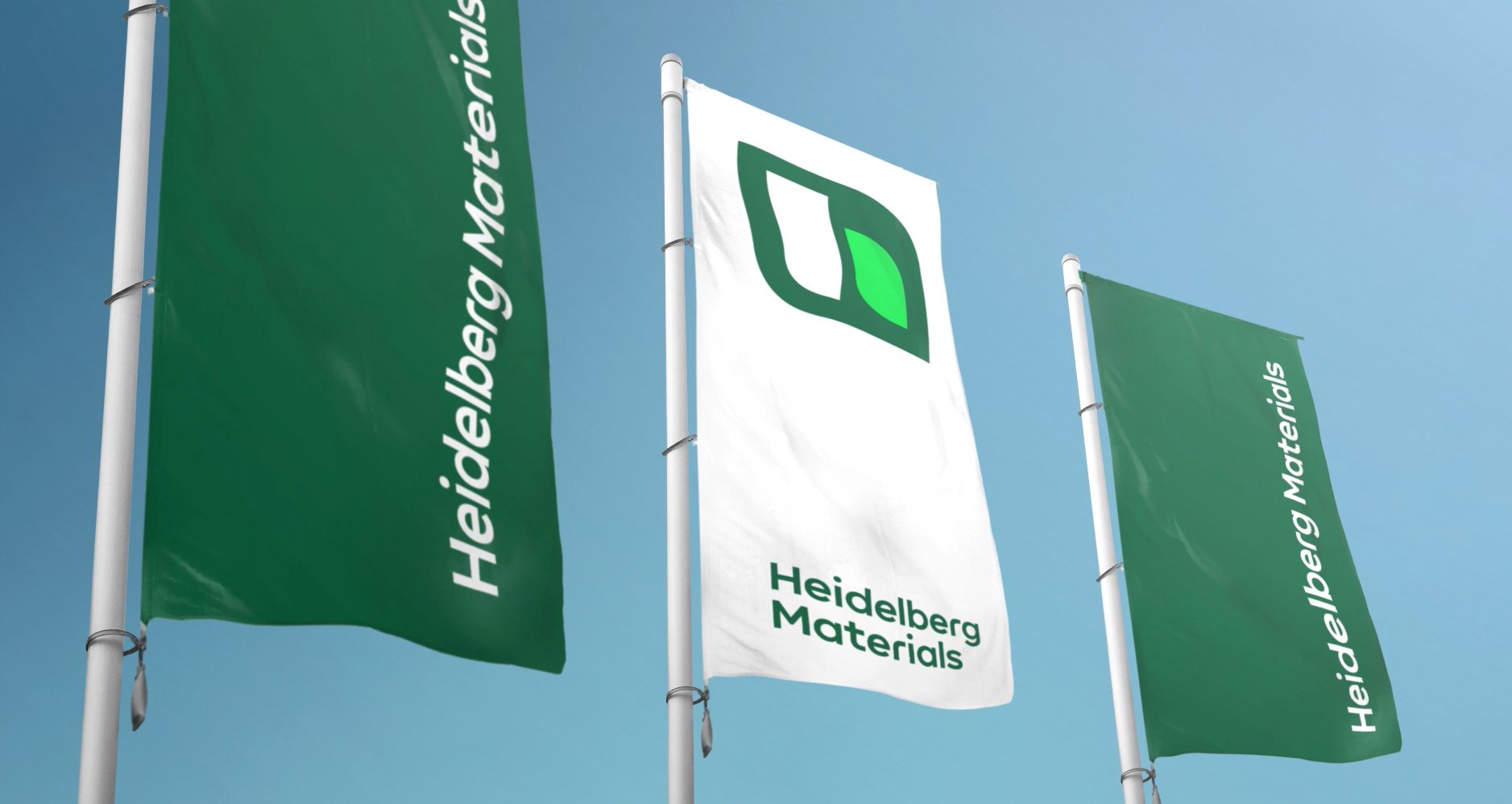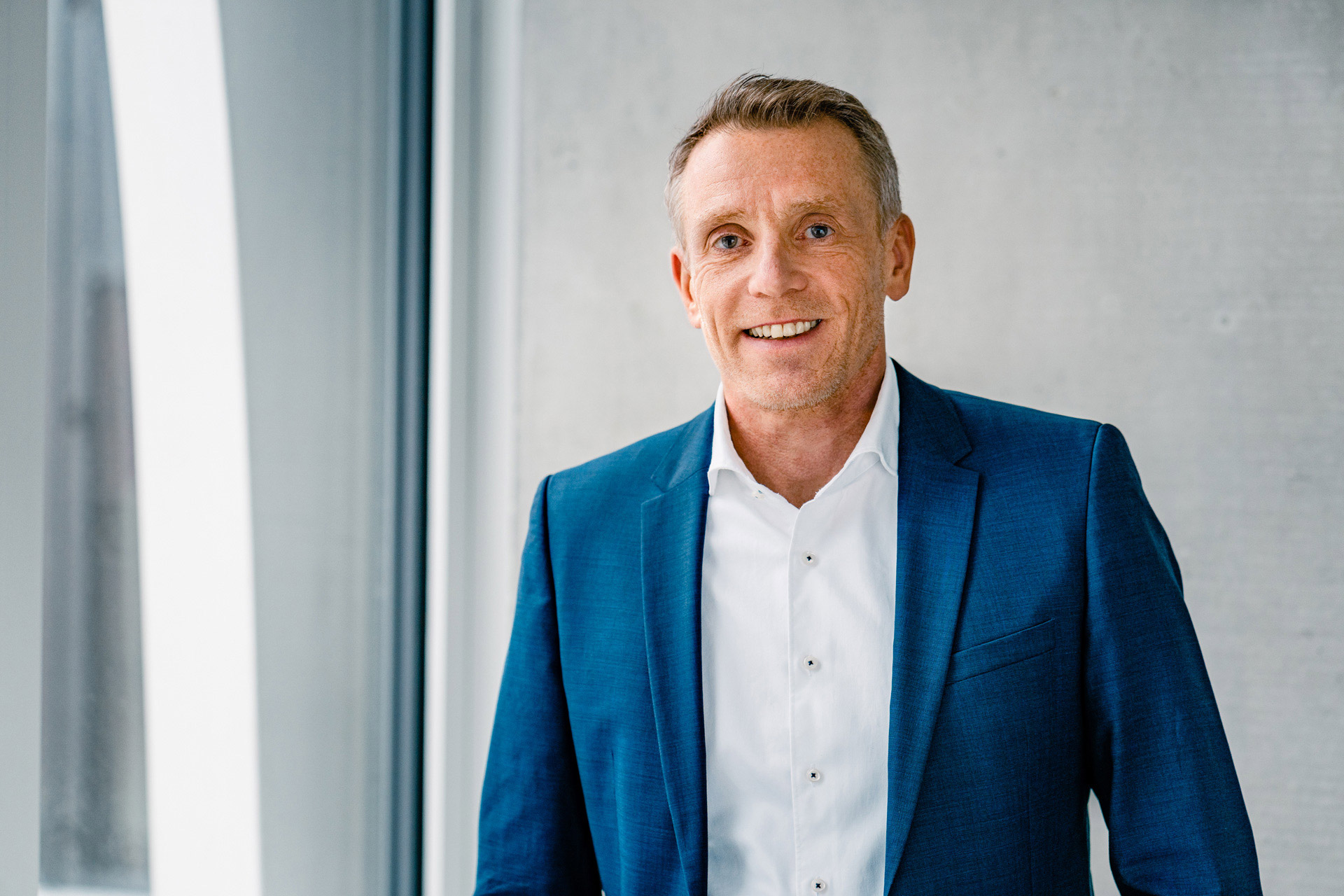Heidelberg Materials weathers high energy costs
-
Revenue increases significantly by 13% to €15.8 billion (+12% on a like-for-like basis1))
-
High energy and raw material costs in the third quarter of 2022 offset by energy savings, cost discipline, and price adjustments
-
Significant increase in expenses for energy and raw materials burdens result from current operations in the reporting period – Q3 at previous year’s level
-
Progress made towards most sustainable product portfolio: another major CCUS project launched, recycling business expanded, and most ambitious climate targets in the sector submitted to SBTi for validation
-
Outlook specified: strong revenue growth1), result from current operations expected to be between €2.35 billion and €2.55 billion
1) Adjusted for consolidation and exchange rate effects
“The third quarter was a strong one for Heidelberg Materials. With Group-wide energy saving measures, cost discipline, and price adjustments, we weathered further increases in energy and raw material prices and maintained our result from current operations at the level of the previous year’s third quarter,” said Dr Dominik von Achten, Chairman of the Managing Board. “The environment remains challenging. Due to high global inflation and the continuation of highly volatile price developments in the energy sector, we anticipate a slight weakening of demand in the coming months, especially in residential construction. However, the third quarter has shown that we are well prepared for this.
When it comes to sustainability, we are paving the way in our industry. As early as 2024, we will be the first company in our sector to offer carbon-neutral cement and concrete. In the third quarter of 2022, we have already started our eighth major CCUS project in Mitchell, USA. Our ambitious climate targets are currently being validated by the SBTi to confirm their compliance with the 1.5 °C scenario. Our new corporate brand Heidelberg Materials helps us to coordinate these initiatives worldwide and drive them forward with great vigor.”
Development of sales volumes in the first nine months
In the first nine months of 2022, sales volumes in all business lines declined due to consolidation and the economic impact from the Russian war against Ukraine on the European economy.
Group-wide cement and clinker sales volumes reduced by 6.0% to 90.0 million tonnes (previous year: 95.7). In addition to consolidation-related declines – particularly in North America due to the sale of our activities in the West region in October 2021 – the economic downturn in Europe led to a drop in sales volumes. Excluding consolidation effects, cement and clinker sales volumes decreased by 3.8%.
Deliveries of aggregates fell by 3.4% compared with the same period of the previous year to 223.5 million tonnes (previous year: 231.3). On a like-for-like basis, deliveries increased by 0.8%. In addition to slight volume increases in North America and Northern and Eastern Europe-Central Asia, this was mainly due to recovering demand in Asia-Pacific after the lockdowns in the two previous years.
Sales volumes of ready-mixed concrete fell by 4.3% to 34.2 million cubic metres (previous year: 35.7). Excluding consolidation effects, sales volumes were almost at the previous year’s level. While sales volumes in Western and Southern Europe were slightly below the previous year’s level owing to economic factors, the decline in North America was primarily due to consolidation. In contrast, the Group areas Africa-Eastern Mediterranean Basin and Asia-Pacific in particular recorded volume increases.
Deliveries of asphalt fell strongly by 24.3% to 6.2 million tonnes (previous year: 8.2) due to consolidation. On a like-for-like basis, deliveries increased slightly by 0.5%.
Development of revenue and results
Revenue rose significantly by 12.9% in comparison with the previous year to €15,802 million (previous year: 13,996). Excluding consolidation and exchange rate effects, the rise amounted to 12.3%. In particular, price increases in all Group areas contributed to the revenue growth. Changes to the scope of consolidation of €622 million had a negative effect on revenue, while exchange rate effects of €624 million had a positive impact.
The result from current operations before depreciation and amortisation (RCOBD) fell by €178 million, i.e. 6.1%, to €2,718 million (previous year: 2,896). Excluding consolidation and exchange rate effects, the RCOBD fell by €237 million, resulting in a figure 7.8% below the previous year’s level. The decline in result was attributable to the significantly higher prices of energy and raw materials compared with the previous year, which could only be partially offset by increases in our sales prices. The RCOBD margin, i.e. the ratio of the result from current operations before depreciation and amortisation to revenue, fell to 17.2% (previous year: 20.7%). The result from current operations (RCO) dropped by 8.7% to €1,782 million (previous year: 1,953). Excluding consolidation and exchange rate effects, the RCO fell by €193 million, 9.4% below the previous year’s level.
In the third quarter of 2022, revenue grew significantly to €5,852 million (+15.7% or +13.7% on a like-for-like basis). RCOBD increased by 1.5% to €1,193 million (-2.1% on like-for-like basis). The RCOBD margin was 20.4% (Q3 2021: 23.2%). RCO rose slightly by 0.6% to €874 million (-1.9% on a like-for-like basis).
Further progress towards the most sustainable product portfolio
With another major CCUS project in the USA, Heidelberg Materials has further expanded its portfolio of carbon capture initiatives. At the cement plant operated by the US subsidiary Lehigh Hanson, Inc., in Mitchell, Indiana, 95% of the CO₂ emissions from the modernised production facility will be captured and stored in a nearby onshore reservoir.
To best serve the growing demand for sustainable building materials, Lehigh Hanson also took over the recycling company JEV Recycling, Inc., in the Seattle metropolitan area in October. In acquiring JEV and commissioning a new concrete recycling plant in Redmond, Washington, Heidelberg Materials is strengthening its portfolio of circular materials in the important North American market.
With a steadily growing number of CCUS projects and the most ambitious CO₂ reduction targets in the sector, Heidelberg Materials will continue to play a pioneering role. The company has submitted its CO₂ reduction targets for 2030 to the Science Based Targets initiative (SBTi) for validation in line with the recently published 1.5 °C scenario.
Outlook for 2022 specified
Demand for building materials is weakening slightly, partly due to inflation and globally increasing interest rates. The energy and raw materials markets remain highly volatile. Heidelberg Materials is countering this situation with continued strict cost management and ongoing price adjustments.
Against this background, the company has specified its outlook for the 2022 financial year. Heidelberg Materials continues to expect a strong increase in revenue (on a like-for-like basis) compared with the previous year and now anticipates a result from current operations of between €2.35 billion and €2.55 billion (Annual Report 2021 outlook: slight increase; Half-Year Financial Report outlook: slight decline).
Risks and opportunities
Risks that may have a significant impact on our assets, financial, and earnings position in the 2022 financial year and in the foreseeable future as well as opportunities are described in the Annual Report 2021 in the risk and opportunity report chapter on page 70 f.
Prices on the raw materials and energy markets are very volatile and high compared with previous years. As a result, uncertainties regarding energy costs remain. In its October forecast for the global economy, the International Monetary Fund (IMF) continues to expect global economic output to grow by 3.2% this year and by only 2.7% in 2023. The risk of recession in Europe has increased further due to high inflation, rising interest rates, and the energy crisis and could have a negative impact on our business activities. We classify this as a general risk with a possible impact on the Group and, where applicable, rapid occurrence.
In a holistic view of individual risks and the overall risk situation, there are, from today’s perspective, no identifiable risks that could jeopardise the company as a going concern.
An overview of our sales volumes and financial figures for the first nine months and the third quarter of 2022 can be found in the Business Figures January to September 2022 on our website www.heidelbergmaterials.com under Investor Relations/Reports and Presentations.
About Heidelberg Materials
Heidelberg Materials is one of the world’s largest integrated manufacturers of building materials and solutions, with leading market positions in cement, aggregates, and ready-mixed concrete. We are represented by more than 51,000 employees at almost 3,000 locations in more than 50 countries. Responsibility for the environment is at the heart of our actions. As leaders on the path towards carbon neutrality and the circular economy in the building materials industry, we are working on sustainable building materials and solutions for the future. We are opening up new opportunities for our customers through digitalisation.
HeidelbergCement AG remains the parent company of Heidelberg Materials.

